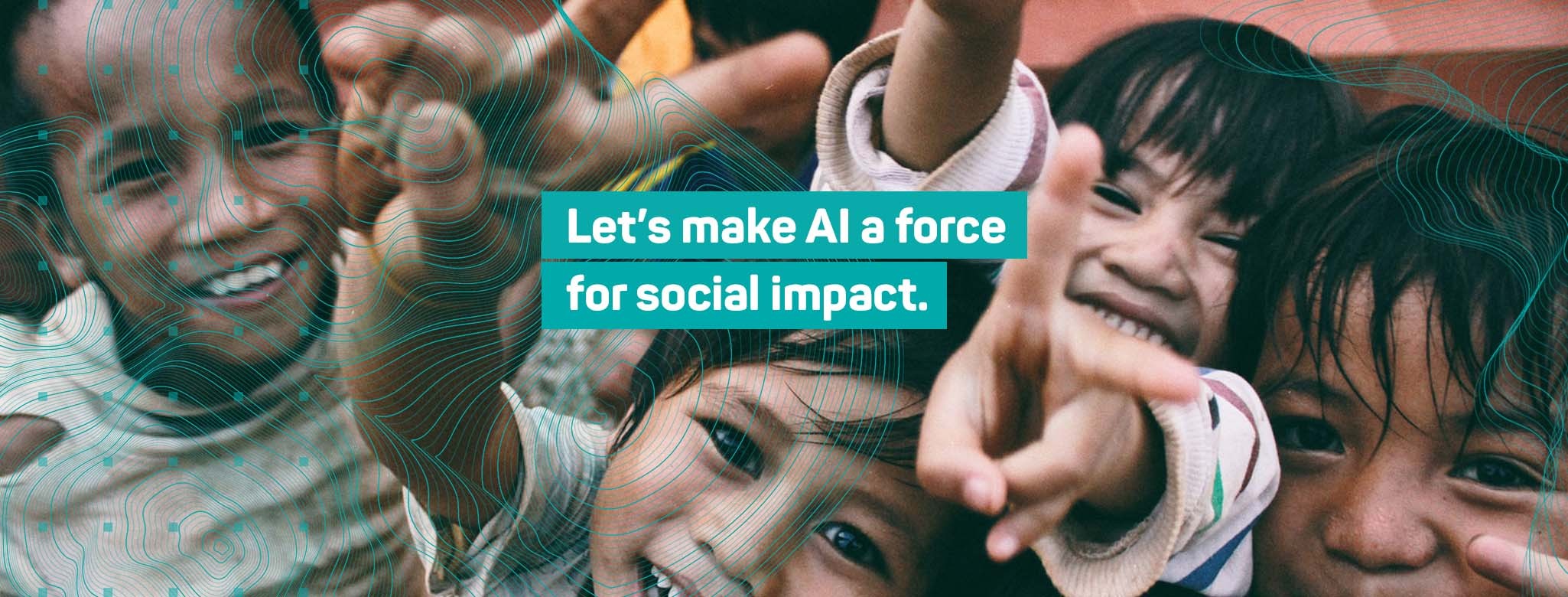Climate Crisis
All nations need to make a significant change in how they are consuming fossil fuels and transition to a low-carbon economy if we are to have a chance to tackle the climate crisis and reduce global temperatures to 1.5 degrees above pre-industrial levels.

Here are five tried and tested ways that nations can become more resilient, in the face of climate crisis:
1 Early warning systems
Research shows that a 24-hour warning of an oncoming heatwave or storm can reduce the subsequent damage by 30 per cent. With enough time people can take action to protect themselves and their family, by blocking doors with sandbags to anticipate floods, gather resources or in case of an extreme event have enough time to evacuate.
But today, one-third of the global population is still not adequately covered by early warning systems. Most efforts have been focusing on climate crisis storms, floods and droughts, but there are other hazards, like heatwaves and wildfires, that need to be integrated as they become more common.
“It’s not if but when the next big wildfire happens”
6 ways communities can prepare for wildfires
How can Communities prepare for heatwaves:
2 Ecosystem Restoration
The UN Decade on Ecosystem Restoration launched by the UN Environment Programme (UNEP) and partners in 2021 triggered a global movement to restore the world’s ecosystems. This global restoration effort will not only absorb carbon but also increase ‘ecosystem services’ to defend the world from its most devastating impacts.
With the drastic world population increase from 1 billion in 1800 to around 8 billion today, urban forest restoration is imperative for a sustainable environment. On a normal sunny day, a single tree provides a cooling effect equivalent to two domestic air conditioners running for 24 hours.
On the other hand, mangrove forests provide natural see defense from storms surges by reducing the height and strength of see waves and it is 1,000 times less expensive to protect then building see walls.
A beginner’s guide to ecosystem restoration
3 Climate-resilient infrastructure
Climate-resilient infrastructure refers to assets and systems such as roads, bridges, and power lines that can withstand shocks from extreme climate impacts.
Tools for encouraging investments in climate-resilient infrastructure include regulatory standards like building codes, spatial planning frameworks such as vulnerability maps, and a strong communication drive to ensure the private sector is aware of climate risks, projections and uncertainties.
Climate-Resilient Infrastructure Officer Handbook
4 Water supplies and security
The story of climate change is, in many ways, a story about water, whether it is floods, droughts, rising sea levels, or even wildfires. By 2030, one-in-two people are expected to face severe water shortages.
Agriculture accounts for 70 per cent of all global freshwater consumption. Investing in efficient irrigation is a crucial step towards securing our water resources.
Another major urban issue is the household and public pipe leaks. It is estimated that roughly 100-120 billion cubic meters of water could be saved by 2030, if this issue is tackled properly. Governments are being encouraged to develop water management plans, such that take into account the entire water cycle: from source to distribution, treatment, reuse and return to environment.
5 Long-term planning
Integrating climate adaptation solutions into a long-term strategy and policy is crucial to maintain a stable society. A key part is to examine climate scenarios decades into the future and combine these with vulnerability assessments for different sectors.
Around 70 countries have developed a National Adaptation Plan, but this number is growing rapidly. UNEP is currently supporting 20 Member States in developing their plans, which can also be used to improve adaptation elements in Nationally Determined Contributions – a central part of the Paris Agreement.
The Relevance of Long-Term Planning to Achieving Climate Goals
Read Full Article here.
AI for Good Foundation
What we do:
AI for Good is driving forward technological solutions that measure and advance the UN’s Sustainable Development Goals. We do this by bringing together a broad network of interdisciplinary researchers, nonprofits, governments, and corporate actors to identify, prototype, and scale solutions that engender positive social change.
Learn more about what we do and how you can be involved here.








